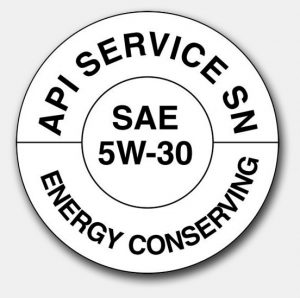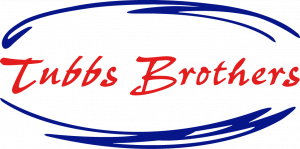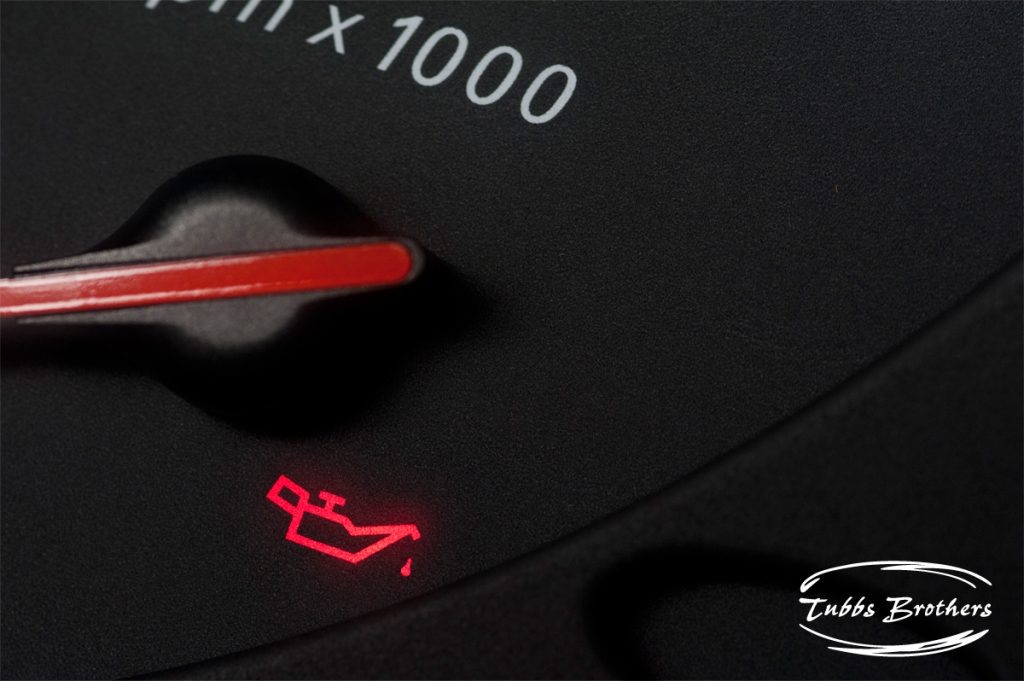
One of the most popular (and often debated) automotive discussions is when to change your engine oil. There are many opinions, lots of suggestions, and tons of advice on this topic. Everybody seems to have a “backyard mechanic” who is more than willing to offer their well meant recommendations. However, the best place to find answers are in the vehicles owner’s manual. Lost your manual, don’t panic – search online, often times they can be located and downloaded.
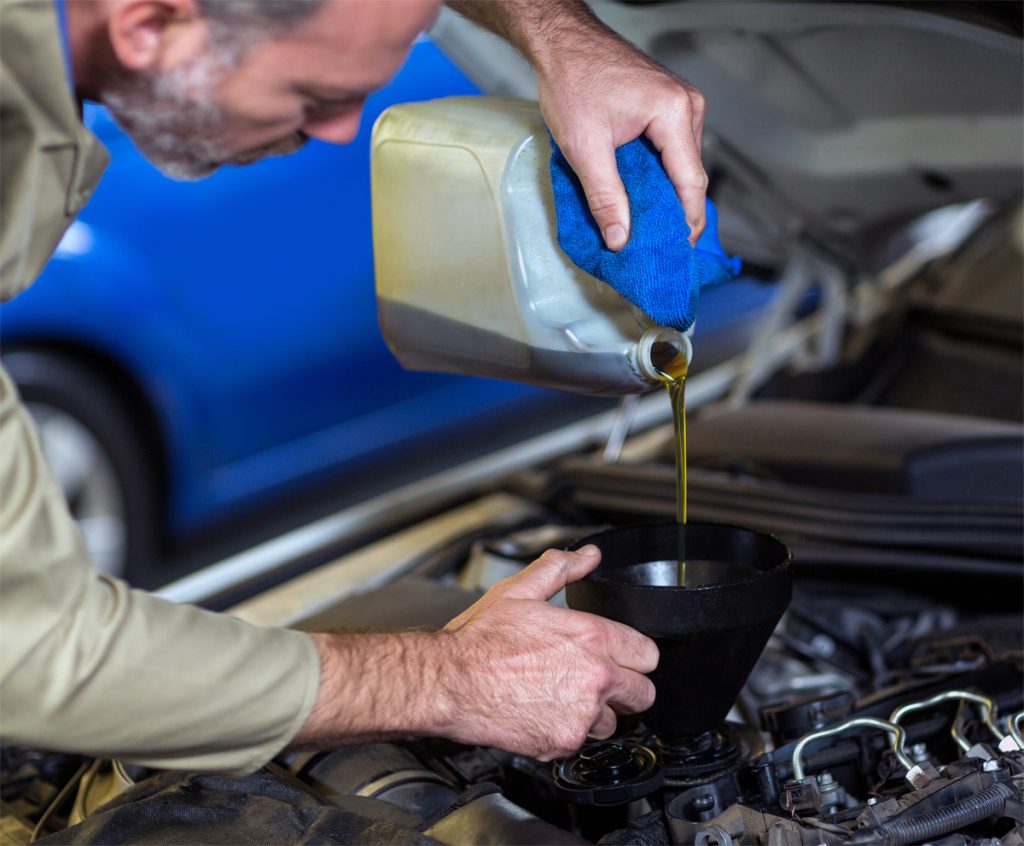
Owner’s manual, your go-to guide…
The owner’s manual should always be your go-to for specifications and maintenance questions. It was written by the manufacturers engineers & technicians associated with your specific vehicle and engine. Locate the oil change schedule; it will help you determine NORMAL or SEVERE usage conditions. These are determined by such things as driving conditions, driving habits, temperature conditions, city traffic vs. highway travel, severely dusty environments and trailer towing to name a few. These factors will designate the maintenance schedule you should follow. Many newer vehicles have electronic oil life monitors, which factor in the many of the above conditions and recommend oil change intervals. My experiences with those are they tend to go longer than I’m comfortable with, but everyone has their own personal comfort level.
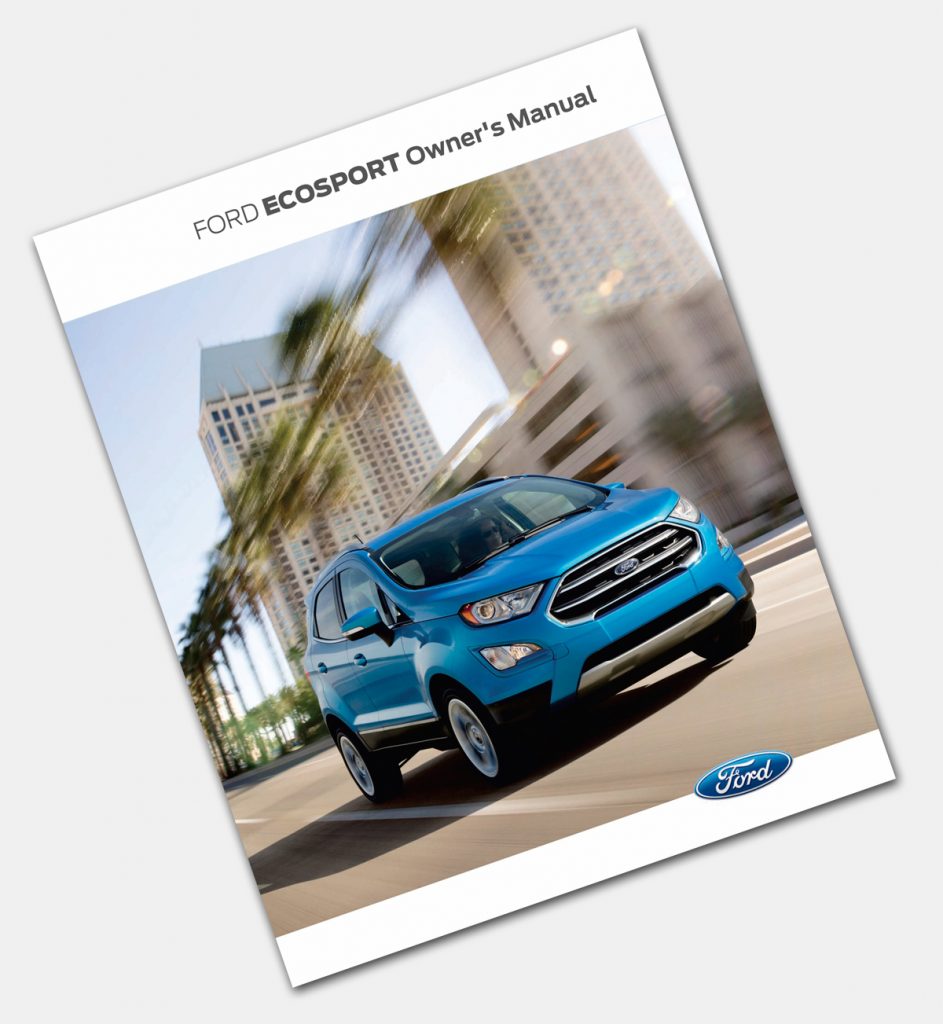
Which oil to use and what are the codes…
There can be a lot of confusion (and opinions) with regards to which oil to use, and what do all these codes mean? There are typically three codes you might run into; they are SAE, API, ACEA, but what do they mean? Here are the definitions…
- SAE stands for the Society of Automotive Engineers. The SAE rating of oil is a measure of its viscosity (e.g. 5W-30). Simply put, SAE developed a scale of oil thickness, or more precisely the resistance to flow at a given temperature.
- API stands for the American Petroleum Institute. The API rating represents the performance rating of the oil (e.g. SM for petrol (gasoline), CF for diesel).
- ACEA is an European industry body up of European vehicle manufacturers. The ACEA rating of an engine oil covers the performance rating of the oil (e.g. A3/B3, C3).
Your owner’s manual will specify what oil is best for your engine, how much you’ll need, as well as the part number for the replacement oil filter. If you are a do-it-yourselfer and shopping for oil, look for the API donut on the label and match it up to the specifications to your vehicle.
Synthetic or not…?
The recommended type of oil will also be specified in your owner’s manual. Many newer vehicles require the use of synthetic oils, where as regular petroleum based oil might also be acceptable. Upgrading to synthetic is often a consideration, but the costs vs. benefits need to be considered. Synthetic oil is more effective at breakdown resistance and withstanding higher temperatures, and thus last longer than petroleum based oils. However, unless you live in a climate where very cold or very hot conditions are present, or vehicle use falls into the severe usage category, the advantage might not outweigh the costs of synthetic oil.

Other things to consider…
Some vehicles fall out of the norm, in where the number of miles in-between oil changes becomes less of a determining factor. Cars that fall below the typical U.S. yearly average of 13,500 miles would be placed into this category. In these special cases it is recommended to change the oil every 6 months; due in part to the viscosity breakdown and potential moisture buildup. Keep in mind, frequent oil changes will not “hurt” anything, other than perhaps the owner’s wallet. Sometimes it’s better to err on the side of caution rather than risk engine damage.
If all this “oil talk” becomes overwhelming, then leave it to the professionals at Tubbs Brothers Valvoline Quick Lube department. They provide high value & convenience when servicing your vehicle… and you can be confident that it’s been done right! Click the photo below to learn more.
After the change…
So after you’ve had the oil and filter changed, now what? Most importantly, keep the oil level within range! It’s normal for all vehicles to require topping off between oil changes. The overall consensus is to check your oil at a minimum of once a month (I also recommend checking it before heading out on a long trip). Also, become familiar with your vehicle and pay attention to its environment. If it’s an older, higher mileage car, check the oil level more frequently. If you’ve notice oil left behind after being parked overnight, check the level more often (and be sure you don’t have a mechanical issue that needs attention).
Also inspect your engines oil color; normally it should be brown or black. If however it has a milky appearance, it could mean coolant is leaking into the engine and should be checked by a mechanic. Always remember, maintaining the correct amount of oil is not only critical, but it might be the single most important element affecting the life of your vehicle engine.
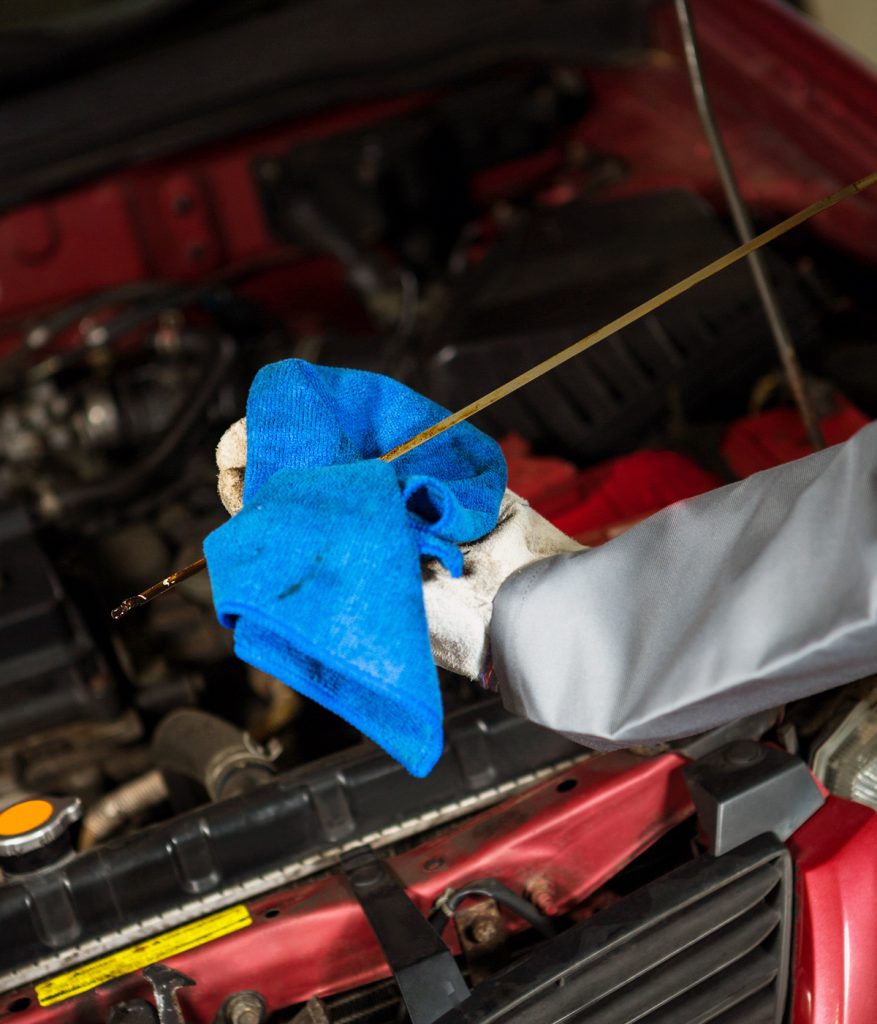
For additional OIL CHANGE related articles, click the links below:
- To learn more about Tubbs Brothers Quick Lube center, click HERE
- To request a Service Appointment, click HERE
- To learn more about vehicle Cleaning/Detailing services, click HERE
- For Tubbs Brothers Hours and Location, click HERE
- To learn more about the History of Tubbs Brothers, click HERE
“We’re proud of the cars we sell, and even prouder of the way we sell them”
Tubbs Brothers, Inc. | 959 West Sanilac | Sandusky, MI 48471
www.tubbsbrothers.com | sales@tubbsbrothers.com
If you would like to receive a notice when future automotive articles, announcements or other news items are posted, click on the Subscribe button below and enter your name & email address.
[/read]
Digital Marketing Manager at Tubbs Brothers, Inc.


